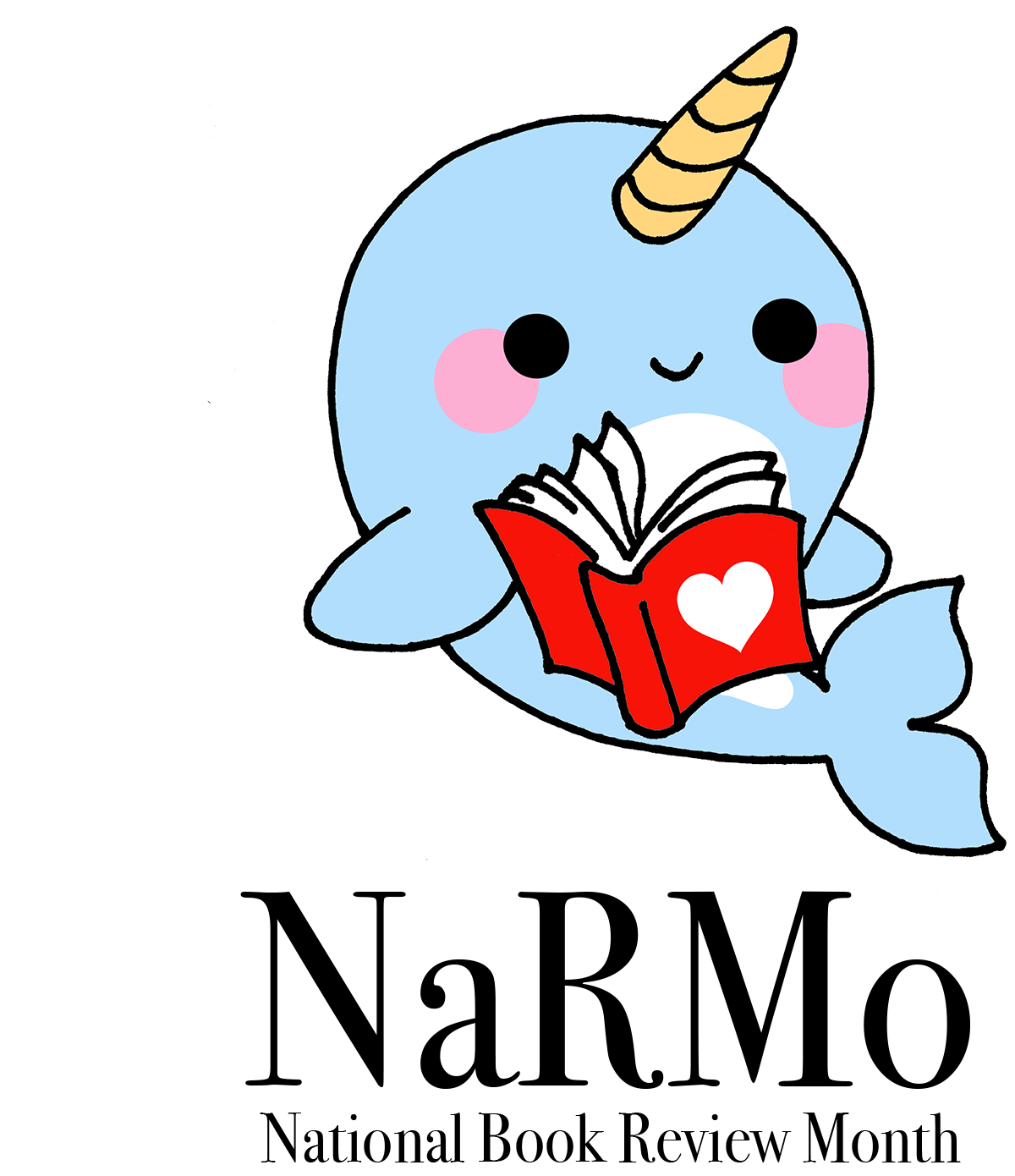Billie Holiday is remembered as being one of the most influential singers of her time, filling concert halls and venues with her powerful voice and charming demeanor. Donald Clarke uncovers a rich understanding of “The Lady Day” in his biography, Billie Holiday Wishing on the Moon, depicting a woman whose life was driven by passion and resilience. “…Neither her life nor her works can be judged by the standards of European Puritanism, which yields far too much evidence of ignorance and hypocrisy” (2). Clarke uses this notion to set interviews in place with people who knew Billie Holiday, formally known as Eleanora Fagan, painting an effectively embellished picture of sexuality, abuse, and a fast life that was dictated by the social climate at the time.
The account begins with an inside look at Holiday’s childhood in Baltimore, Maryland which was filled with promiscuity and abuse. She eventually escaped to Harlem NY where her music career propelled along with her drug abuse. “But as Eleanora began to become Billie Holiday, it is clear that she also became a hero, not a victim. Like many of the greatest artists, she roared through life like an express train, staying sane by remaining faithful to the sub-culture in which she found herself, never asking for anything, and certainly not for permission.” (26). Perhaps the “fast life” as Clarke mentions was a consequence of suppressed sexual abuse and the deprivation of a male authoritative figure in her life at a young age. After all, Eleanora was raped at the age of 11, and Clarence Holiday was not in the picture until much later on in her life. Furthermore, Holiday’s life was tainted with abusive romantic relationships, which she reflected in songs like “My Man” and “T’aint Nobody’s Buisness If I Do.”
Additionally, Clarke makes the point that Billie was hesitant to take her father’s name, Holiday. It wasn’t until she knew Clarence was pleased with her career that she made the decision to change the spelling of her name to “Holiday”, just one example of a male dominated society. This need to please the men in her life appeared in many of her romantic relationships as well, weakening the stature Holiday had among men.
Though friends and colleagues attest to Billie Holiday’s focus on music and her career above all else, it is clear that there was substantial promiscuity, drug/alcohol abuse, and trouble with the law that followed Holiday to the big city. “Billie escaped from Sadie (and other demons) through music and by becoming addicted to alcohol, drugs and danger: she was beaten by many men, shot at by cops, and acquired scars from needles all over her body” (63). These addictions followed her well into her latter days, and the guilt she experienced from her relationship with her mother seeped through into her extraneous activities. By the end of her life, she was a mere puppet controlled by heroin and alcohol, and it can be observed that a lot of her dependence on these substances was due to a strenuous relationship with her mother.
One object of admiration Billie did receive from her mother was her looks. Clarke frequently comments on Billie Holiday’s physical beauty, characterized by her lighter skin, and slender yet womanly body. In one interview she is described as “…this well-built girl over there, she was a woman, ‘cause Billie, boy, she was well groomed, she was a woman” (58). Clarke’s focus on her beauty shows that society is keener to pay attention to a woman if she is physically attractive—not different from Beyoncé’s effect on the 21st century audiences. In both Billie’s and Beyoncé’s cases, their looks are more in tune with a Eurocentric idea of African American beauty, subconsciously making their idolization easier to withstand for white audiences. Similarly, it is notable to mention that Billie Holiday’s beauty is also what caused her so much unwanted attention from male admirers. The focus on such surface level elements stands as being problematic in one sense because drugs, alcohol, and sex became at her disposal. In a much less obvious but more severe sense, Billie Holiday became disposable to those around her. Too often is a similar situation seen in the modern music scene with attractive and successful pop stars falling victim to producers, drugs, etc. (i.e. Kesha).
“She had been on the wrong side of the fence all her life, and that was where she felt she belonged, or where she felt the least uncomfortable” (264). It is both upsetting yet important to see the life of Billie Holiday progress, with her mistakes and triumphs pinpointed by those who knew her best. Her music indisputably displays a sound that evokes her most raw and genuine emotions, yet the more pertinent thread of her life is that which she played a victim. She was a victim of a guilt inducing society; guilty of her independence, her relationship with her mother, her bisexuality, her race, and her gender. Her abuse of drugs and alcohol were just a coping mechanism for all of the physical and emotional abuse she had experienced prior. Unfortunately, Billie Holiday’s story has been repeated again and again with talented female musicians. “Lady is an icon—an image of something sacred –itself regarded as sacred because she wanted grace. Her art went to that place where things converge; she was sent to test us, and we mostly failed” (457). It is the duty of society to become familiar with modern day black female icons, and rather than idolize them, provide them grace and understanding. It is with this mindset that black female artists may avoid the hardships experienced by Billie Holiday.
